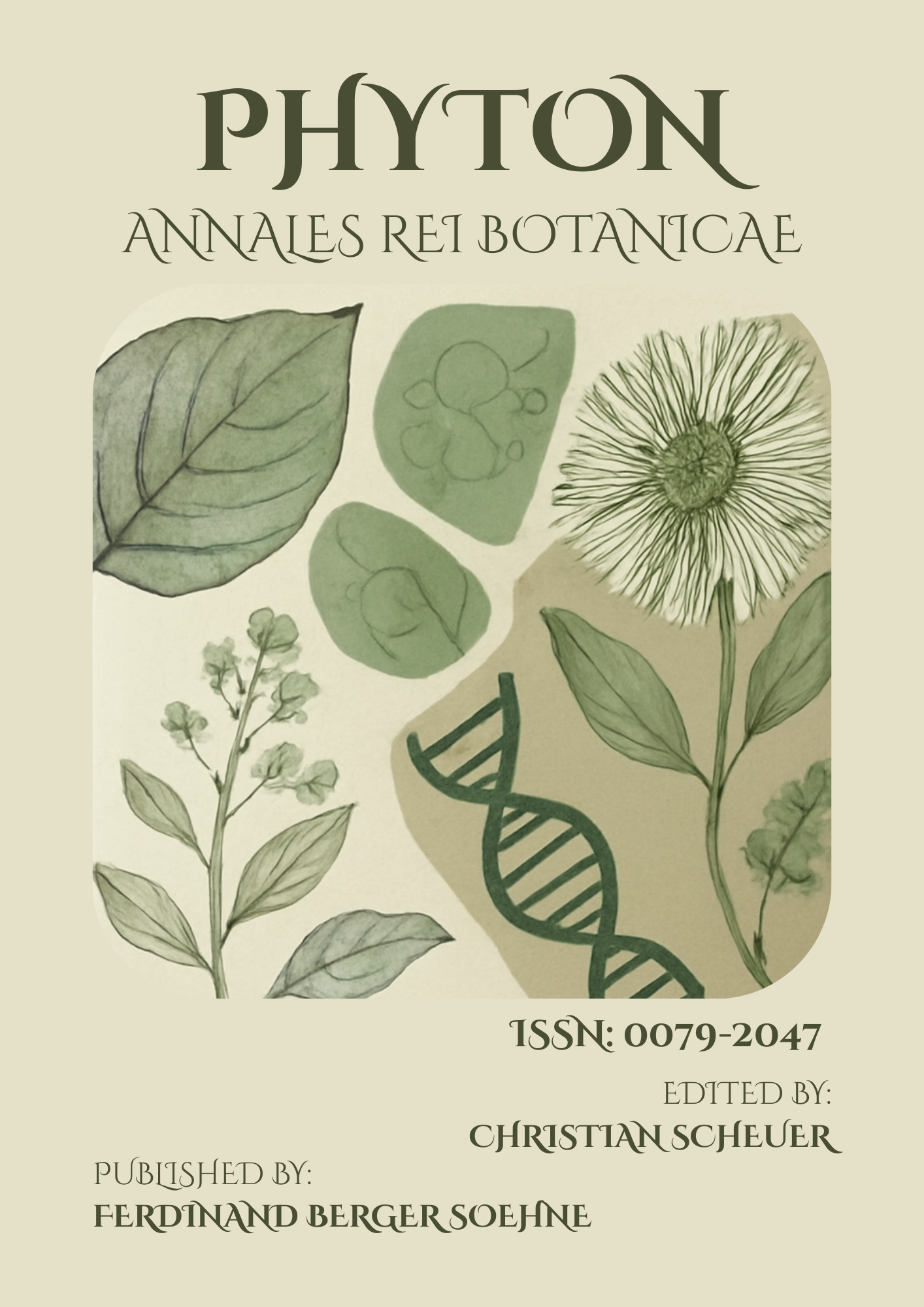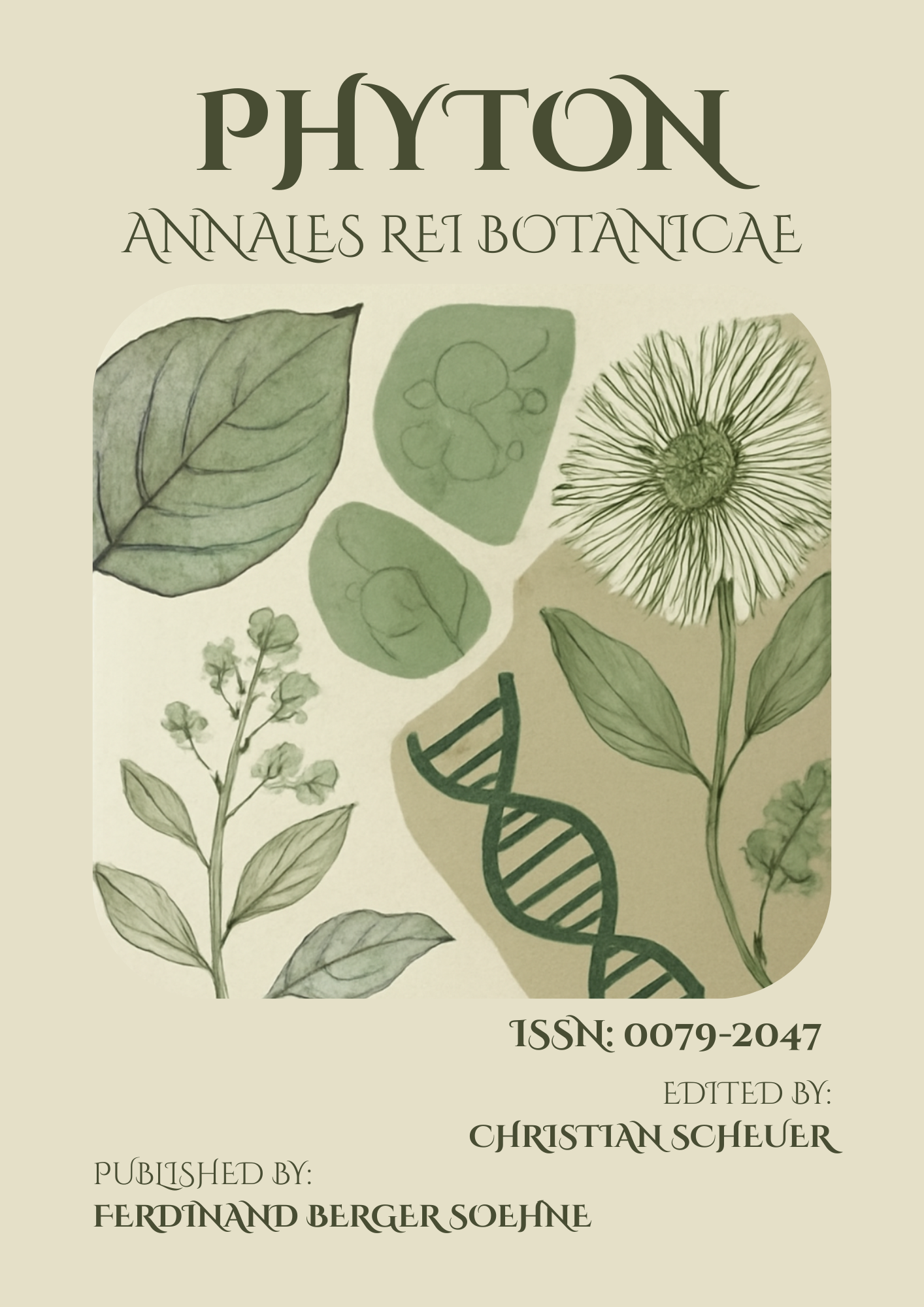Genetic Diversity of Chinese Ginseng: Insights from Molecular Markers and Conservation Strategies
Keywords:
Chinese ginseng, genetic diversity, molecular markers, conservation, medicinal plants, ChinaAbstract
Ginseng (Panax ginseng) is renowned for its medicinal properties and high economic value in China. However, overharvesting and habitat loss have raised concerns about the sustainability of wild ginseng populations. This study investigates the genetic diversity of wild and cultivated ginseng populations from different regions in China, using molecular markers such as SSR (Simple Sequence Repeat) and RAPD (Random Amplified Polymorphic DNA). A total of 50 accessions were analyzed to assess genetic variation, population structure, and the relationship between environmental factors and genetic diversity. Results showed significant genetic differentiation between wild and cultivated populations, with wild ginseng exhibiting higher genetic diversity, which is vital for maintaining its adaptive capacity. A strong correlation was found between soil types and ginseng genetic traits, suggesting that habitat-specific selection pressures are influencing genetic divergence. Furthermore, the study explored conservation strategies, emphasizing the importance of ex-situ conservation through seed banks and in-situ strategies such as the establishment of protected areas. This research provides a foundation for sustainable ginseng cultivation and conservation in China, proposing strategies to mitigate the genetic erosion of this valuable species. The findings are crucial not only for the preservation of ginseng but also for other endangered medicinal plants facing similar conservation challenges.
Published
How to Cite
Issue
Section
License
Copyright (c) 2022 PHYTON-ANNALES REI BOTANICAE

This work is licensed under a Creative Commons Attribution-NonCommercial-ShareAlike 4.0 International License.
This article is published under the terms of the Creative Commons Attribution-NonCommercial-ShareAlike 4.0 International License (CC BY-NC-SA 4.0). Readers may share and adapt the material for non-commercial purposes, provided appropriate credit is given and adaptations are shared under the same license.



